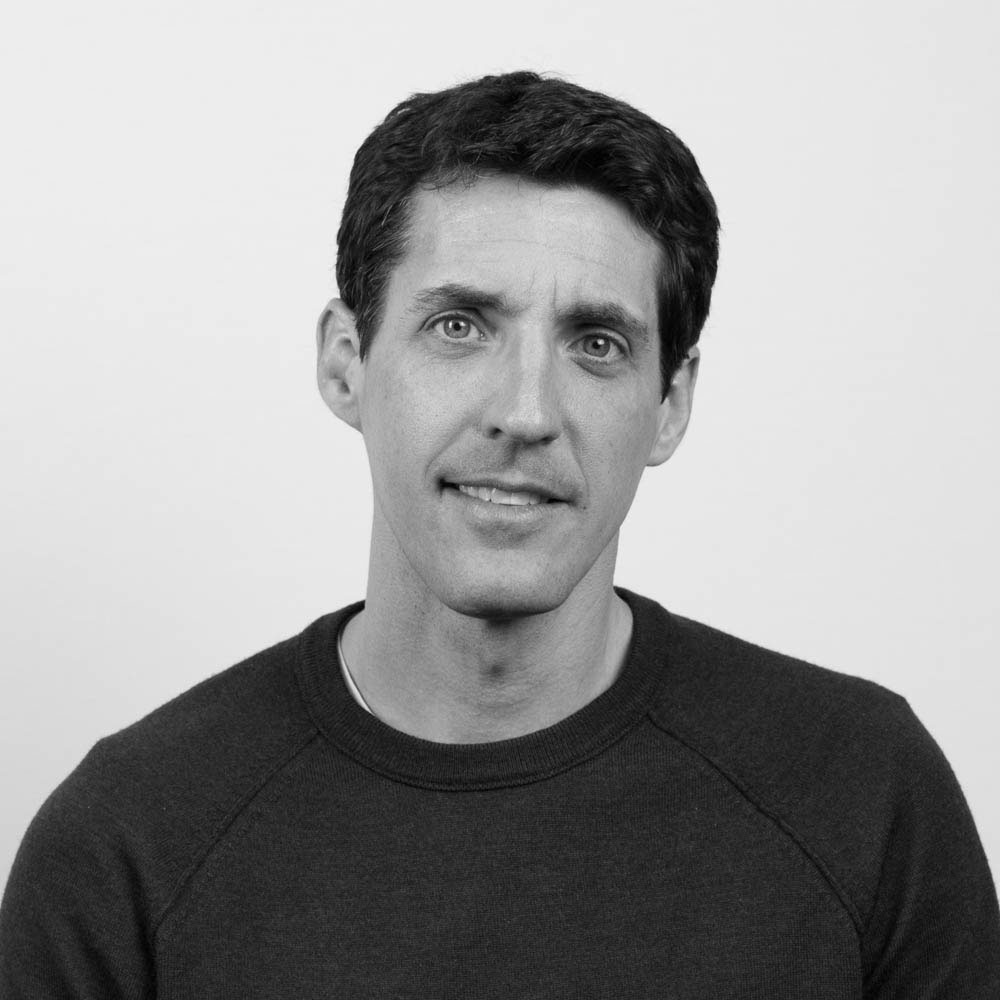
When Chris Linder isn’t documenting scientific missions aboard icebreakers in the middle of the polar regions, he can often be found camped out in a penguin colony, awaiting the perfect shot. A former oceanographer, Chris takes a scientific approach to his photography, with the aim of educating his viewers on the wonders of the scientific world while also making it come to life. Get to know Chris and his work here.
Outdoor Photography Guide: How did you get started in photography? Specifically, how did you make the leap into doing it for a living?
CL: I took up photography as a young US Navy officer stationed in Rota, Spain. Every opportunity I had, I went exploring with my camera. I photographed colorful spring festivals, ancient ruins, and wild landscapes all over the Iberian Peninsula. As many OPG readers can probably appreciate, it didn’t take long for my new hobby to become a full-blown obsession.
After three years in Spain, I began a new job working at the Woods Hole Oceanographic Institution in Massachusetts as an oceanographer. My first research cruise was aboard the research vessel Oceanus studying the waters east of Greenland for a month. My job was to wrangle instruments over the side of the ship and plot the resulting data. In my free time, I photographed candid moments of people working behind the scenes. My images were published in Woods Hole’s calendars, annual reports, and articles. As scientists discovered the value that photography brought to their work, my career slowly transitioned from doing science to documenting it. To date, I have now photographed over 50 scientific expeditions, with more than half of them to the polar regions.
OPG: What is it that you like most about photography? Tell us a bit more about what inspired you to become a photographer.
CL: Photography is a universal language. It allows me to connect people with science topics in an emotional way that transcends words, data, and spreadsheets. Many of my projects have a direct connection to education, either through science museums or K-12 classrooms. When I can inspire children to think about science and the environment with my photographs, there is no greater reward.
OPG: On your website, it says that you use photography to educate and inspire people about science and conservation, with a specialty of documenting research in the Arctic and Antarctic. Tell us more about what this means, and how you got into this specialty.
CL: For me, taking photographs is only half of my job. The other half is using those images to make a difference. I have spent the last 15 years following researchers over glaciers and down rivers and through swamps and across oceans. I have shared freeze-dried dinners with them in wet tents in Alaska, celebrated birthdays aboard zodiacs in Antarctica, and swatted countless mosquitoes with them in Siberia. Why do I do this? First, the answers they find hidden in those swamps and ice sheets are important and fascinating; everyone deserves to hear them. My second goal is to communicate how this data is collected. I photograph behind the scenes moments—loading helicopters, designing robotic vehicles, and even cooking meals—because that’s what makes science real. It’s one thing to read the news about a recent discovery, but when you see what it takes to make those measurements, if you can feel how cold and wet and miserable and tired a science crew is at the end of month at sea on a research ship, then you gain a whole new appreciation for that data. It’s real. That’s what I want to communicate.
OPG: Tell us about some of the most exciting places you have been, and some of the most interesting species you have photographed.
CL: I have ice in my veins; all of my favorite places are in the polar or subpolar regions. I’m happiest cruising frozen seas aboard an icebreaker or camping near a penguin colony. If I have to be more specific, Greenland is at the top of my list. I’ve made multiple trips there documenting glaciology work and teaching fellow photographers, and every time I visit I fall in love with it again. The sea ice and icebergs are simply stunning, and the people are friendly and welcoming. The Falkland Islands are a new favorite of mine. The opportunity to photograph five penguin species, as well as nesting black-browed albatross, sometimes only seeing one or two other fellow photographers in a day, is truly unique.
OPG: Can you give us any interesting stories regarding your travels in the Arctic and Antarctic?
CL: I have so many of those; this answer might best be reserved for a future post for Outdoor Photography Guide!
OPG: What’s in your camera bag?
CL: I currently use Nikon D810 and D750 cameras and lenses from 14mm to 400mm. Nikkor 14-24mm f/2.8, 24-70mm f/2.8, and 80-400 f/4.5-5.6mm are my favorite zooms. I usually have a macro lens in my kit (either the Nikkor 60mm or 105mm) and occasionally a lightweight f/1.8 wide-angle prime lens. If I’m working on a river, lake, or ocean I will also pack my Aquatech surf housing, which accommodates my Nikon D750 and wide-angle lens. I use MindShift backpacks and holster bags as they allow me to access my gear quickly.
OPG: I really enjoy the photos in your portfolio, especially some of the wildlife photos that take a broader view, showing the animal in the context of its environment. What are you looking for when you are out in the field making photographs? Can you tell us more about your artistic process?
CL: Environmental portraits make great storytelling images because they say something about both the subject and its habitat. To begin the process, I look for a compelling background that provides a sense of place. For example, if I’m working on an icebreaker, I may find a unique vantage point where I can look down on the deck and also include the sea ice we are passing through. In a penguin colony, I search for an isolated outcrop with ice or mountains behind it. Once I’ve found the background I want, I let the subjects (scientists, penguins, etc.) fill the foreground. This process involves a lot of waiting and watching, but that has always been a big part of the enjoyment of photography for me!
OPG: If you could describe your photographic style in one sentence, what would that be?
CL: I could describe it with one word: immersive. I want my viewers to be drawn into the scene and connect with the subject, whether that’s a scientist taking an ice core or a penguin feeding its chick.
OPG: What advice would you give to someone just starting out in photography, or just starting to develop their eye?
CL: Find a subject that you’re passionate about—a landscape, an animal, or a profession. Before you photograph it, learn it. Whether that means working in that field, reading books and articles, or talking with experts, the better you understand your subject, the better your chances of making unique, insightful photographs.
OPG: What’s next for you?
CL: Later this year, I’ll be continuing my work to document major research efforts in Yellowstone National Park and Ross Island, Antarctica. This summer and fall I will also lead two photography workshops to Iceland with Visionary Wild. The first, in July, is to my favorite puffin photography locations, based on my previous work photographing an Icelandic puffin scientist’s research. For the second, in September, we’ll be exploring Iceland’s remote Highlands region via 4WD vehicles. In between field projects, I’ll be finishing up my book The Big Thaw (coming soon from Braided River / Mountaineers Press) about permafrost research in Siberia and Alaska.
To see more of Chris’s work and view his upcoming teaching schedule, visit his website at www.chrislinder.com.
Have something to add to the story? Leave a comment or reach out to us on Facebook.
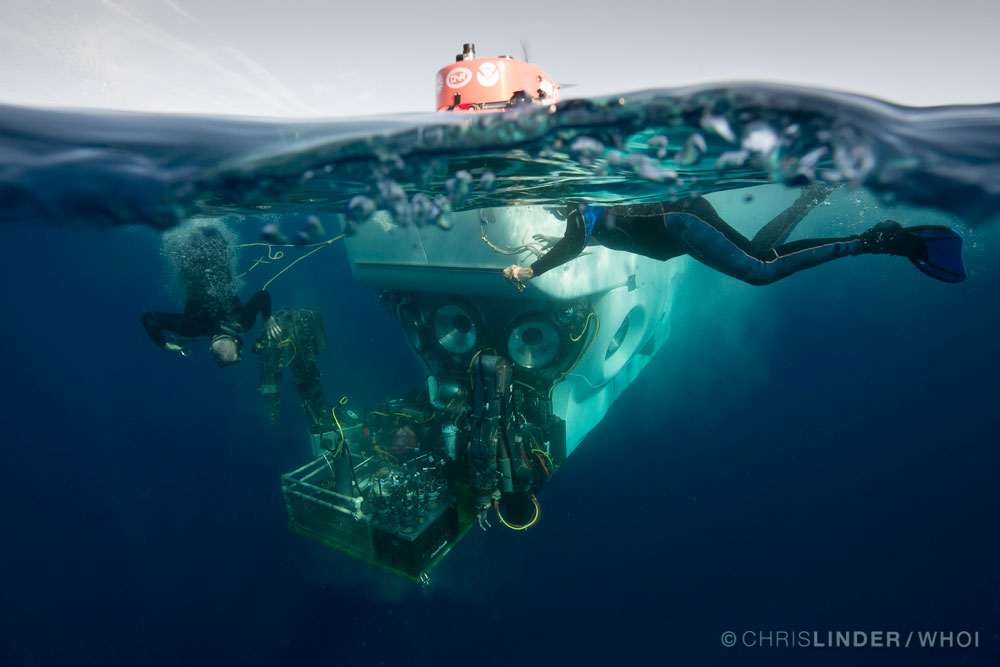


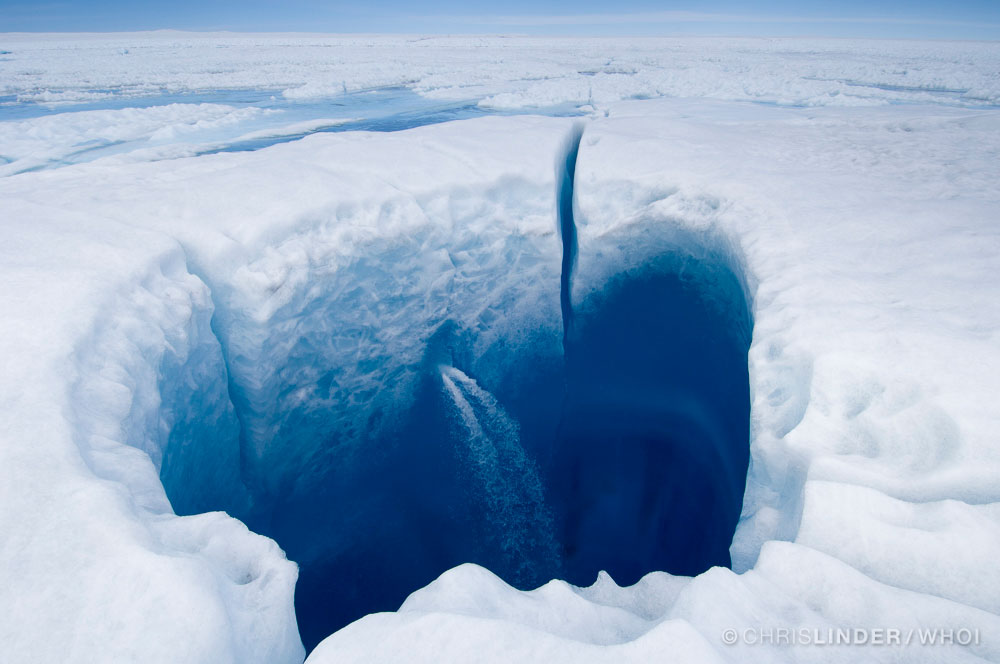
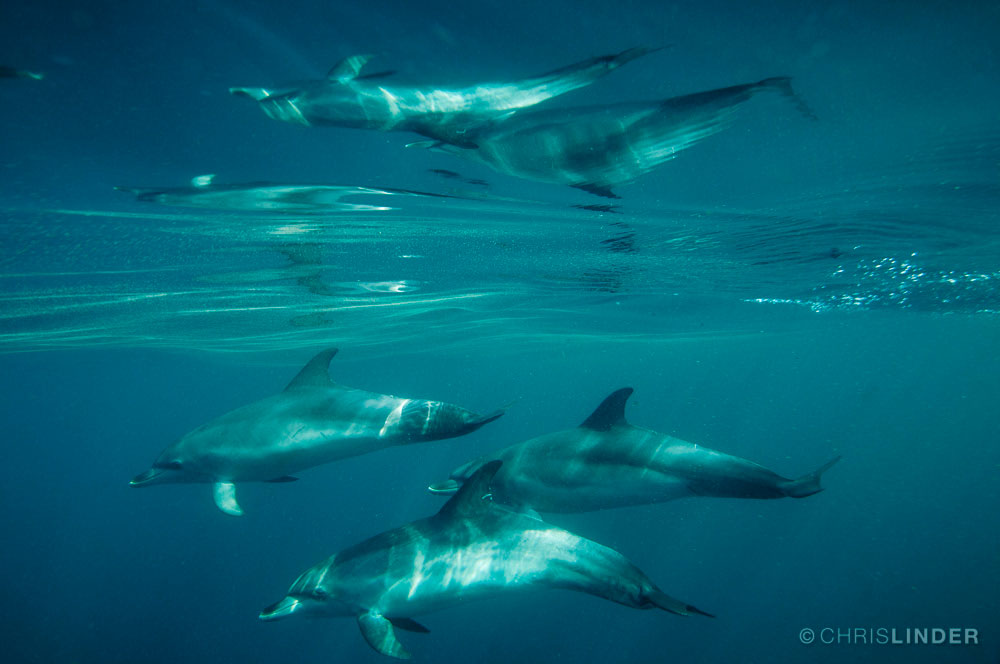
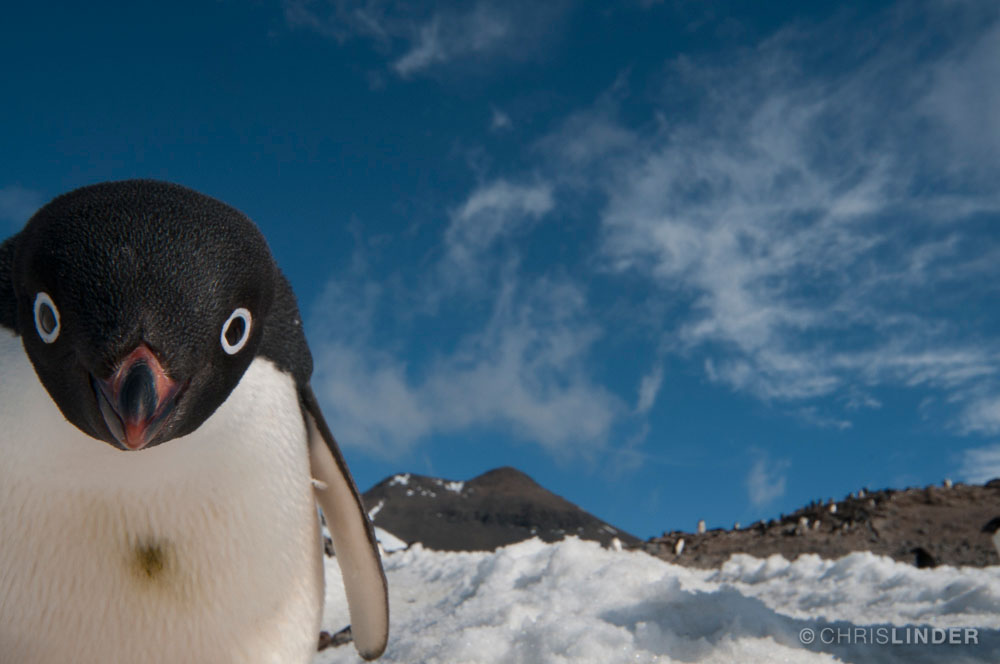


Share tips, start a discussion or ask other students a question. If you have a question for an expert, please click here.
Already a member? Sign in
No Responses to “Meet the Photographer: Chris Linder”